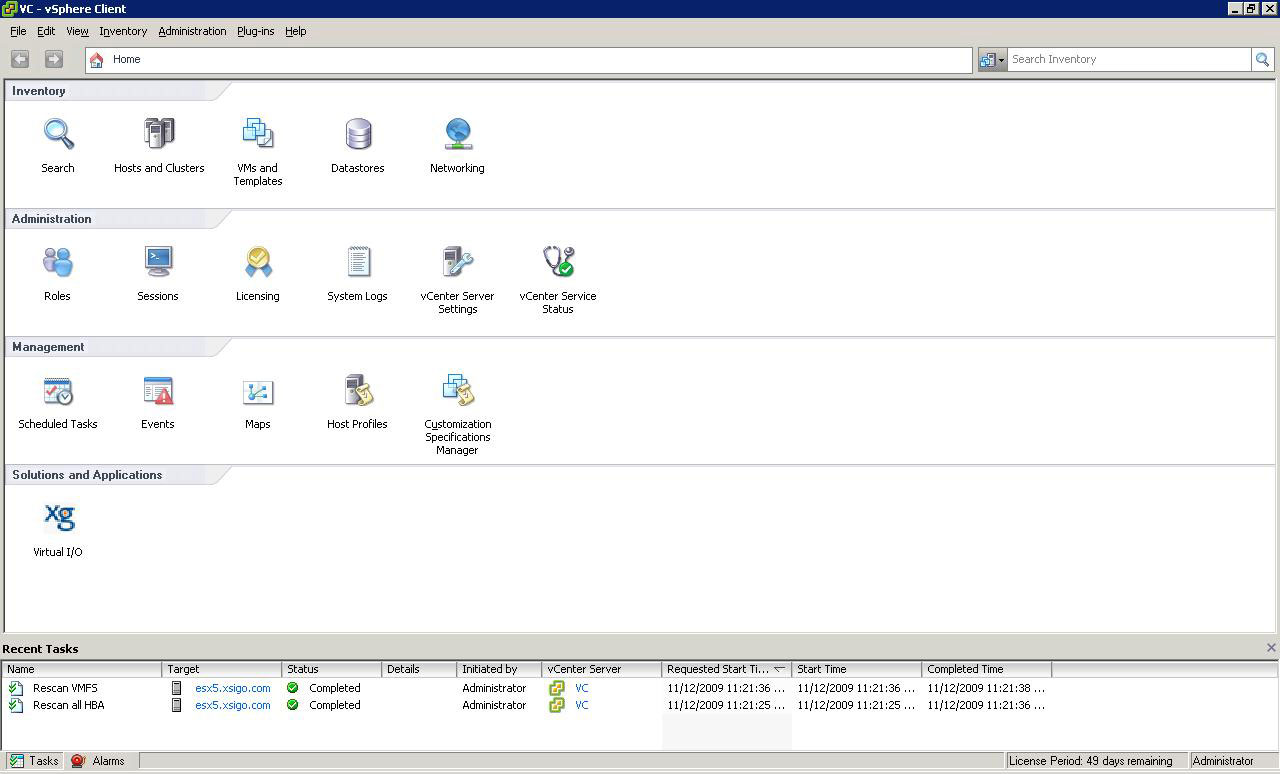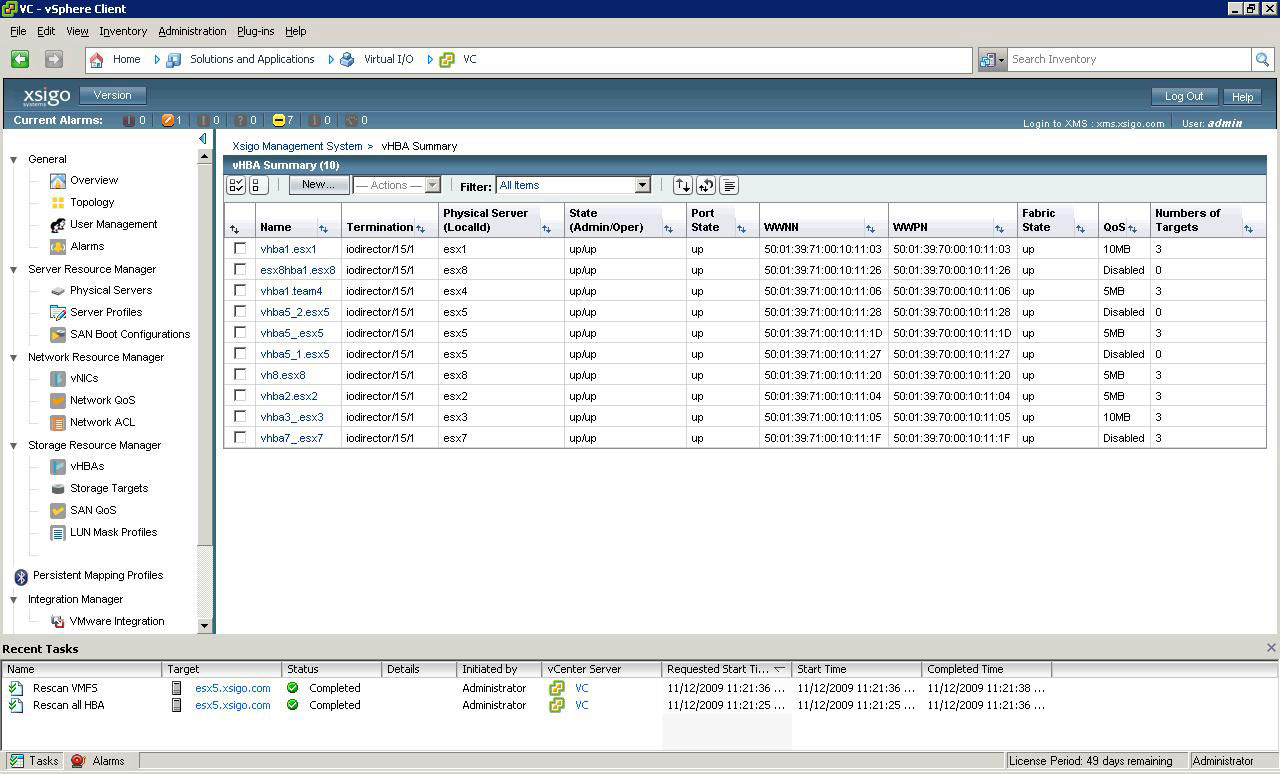Quick Thoughts on Virtualized I/O
This week, I am at Gestalt IT Field Day in Northern California. One of the presenters here was Xsigo. During Xsigo's presentation, it is clear that I/O virtualization is the next chapter for many datacenters to consolidate.
During the presentation, a lot of thoughts come to mind for infrastructures as we know it today. In most situations, it doesn't make sense to rip everything out. But, what about new implementations where you have a lot of I/O requirements? Like many in the current technology landscape, I have to battle challenges about new technologies and infrastructure that is already in place.
One thing that was presented was Xsigo's I/O virtualization. We had a nice discussion about the challenges that face current infrastructure. Many of the comments from the discussion and the presentations in general can be found on our Twitter trending topic, TechFieldDay.
For virtualization installations, and in particular VMware installations, Xsigo has a solution that they claim breaks down infrastructure islands that are created by fixed I/O. Xsigo-virtualized I/O addresses connectivity issues associated with network and storage interfaces. I had a chance to demo the software, and it was quite easy to set up and provision I/O resources to a vSphere environment. Installed in vSphere, the Xsigo virtual I/O plug-in shows up on the home page (see Fig. 1).
 |
| Figure 1. Managing virtualized I/O is done within the vSphere client with Xsigo. (Click image to view larger version) |
During our lab, we provisioned both a virtual host bus adapter (HBA) and a virtual network interface to assign to vSphere. It is done quite easily with the Xsigo Management System (XMS), which is launched within the vSphere Client. One point of interest was deploying the virtual HBAs and virtual network interfaces were done without interruption to the host. The XMS console integrates to the vSphere Client and allows the virtualized resources to be managed centrally (see Fig. 2).
 |
| Figure 2.The XMS console allows centralized management of virtualized I/O resources. (Click image to view larger version) |
Where are you on virtualized I/O? This is new to me, but compels me a bit to consider it for new builds – especially large infrastructures. Share your comments below or e-mail me.
Disclosure: I am attending this event and have been provided airfare, meals and accommodations by the event organizer. The opinions mentioned above are a result of an in-person demonstration of the technologies discussed.
Posted by Rick Vanover on 11/12/2009 at 12:47 PM